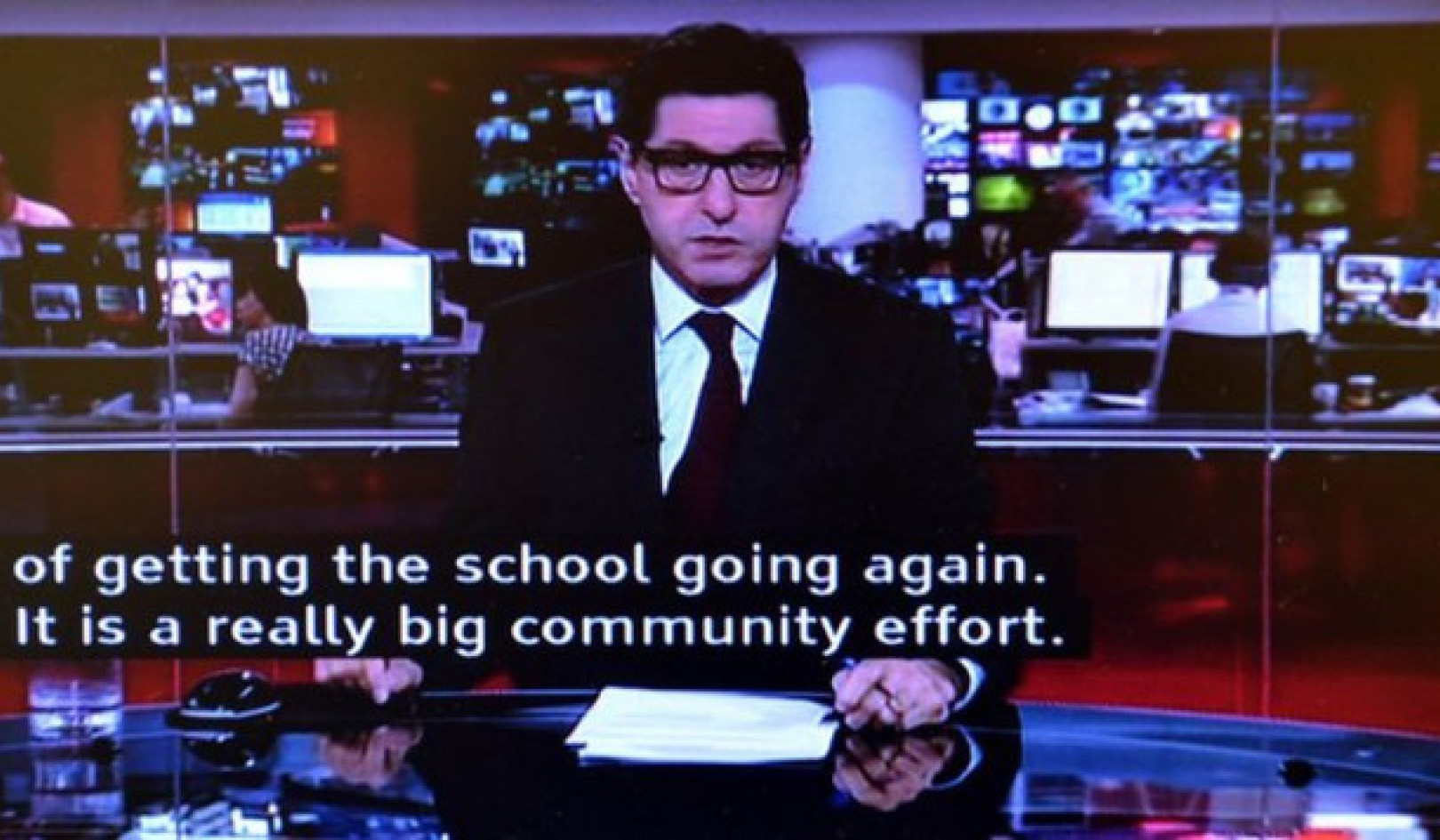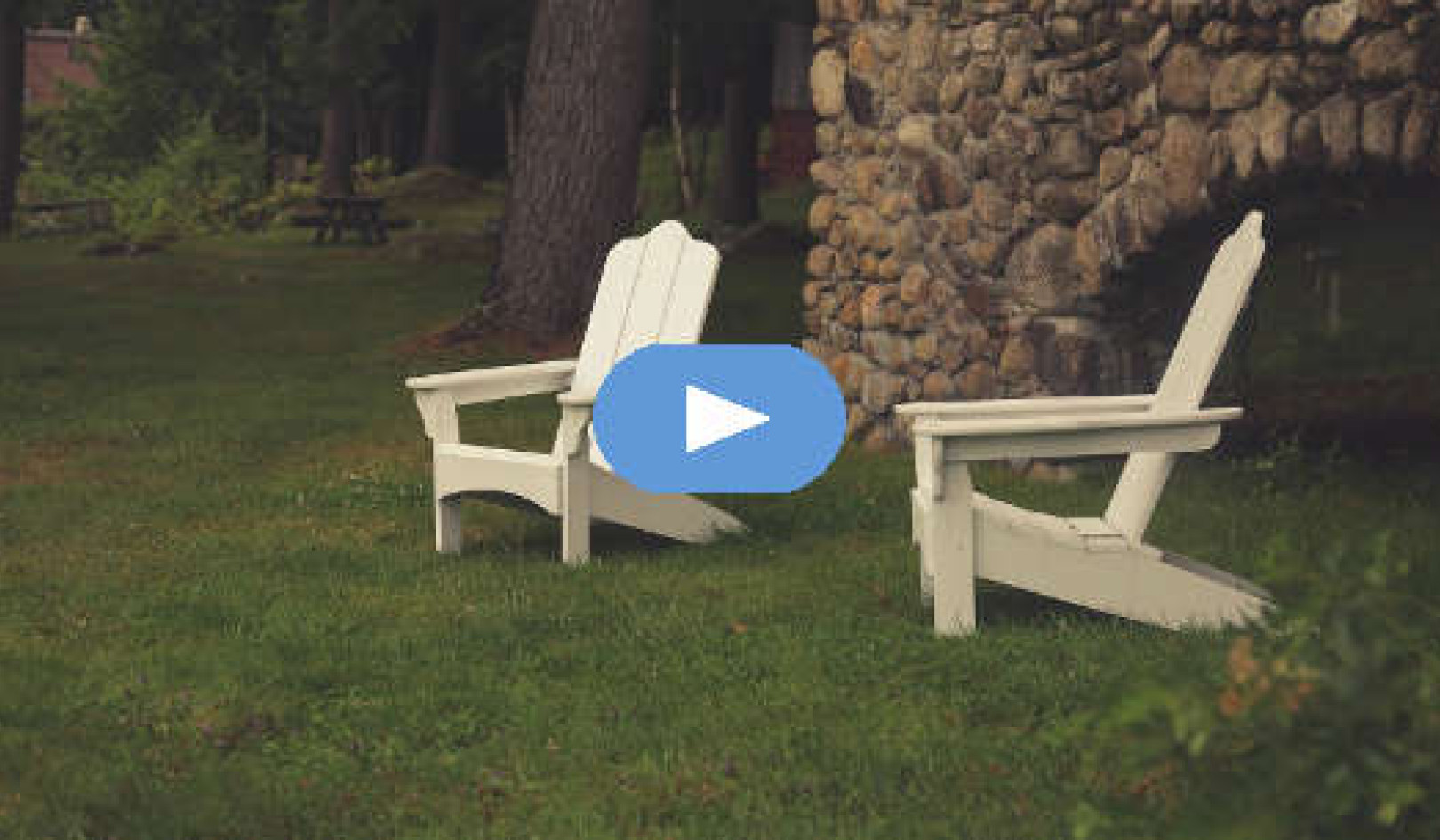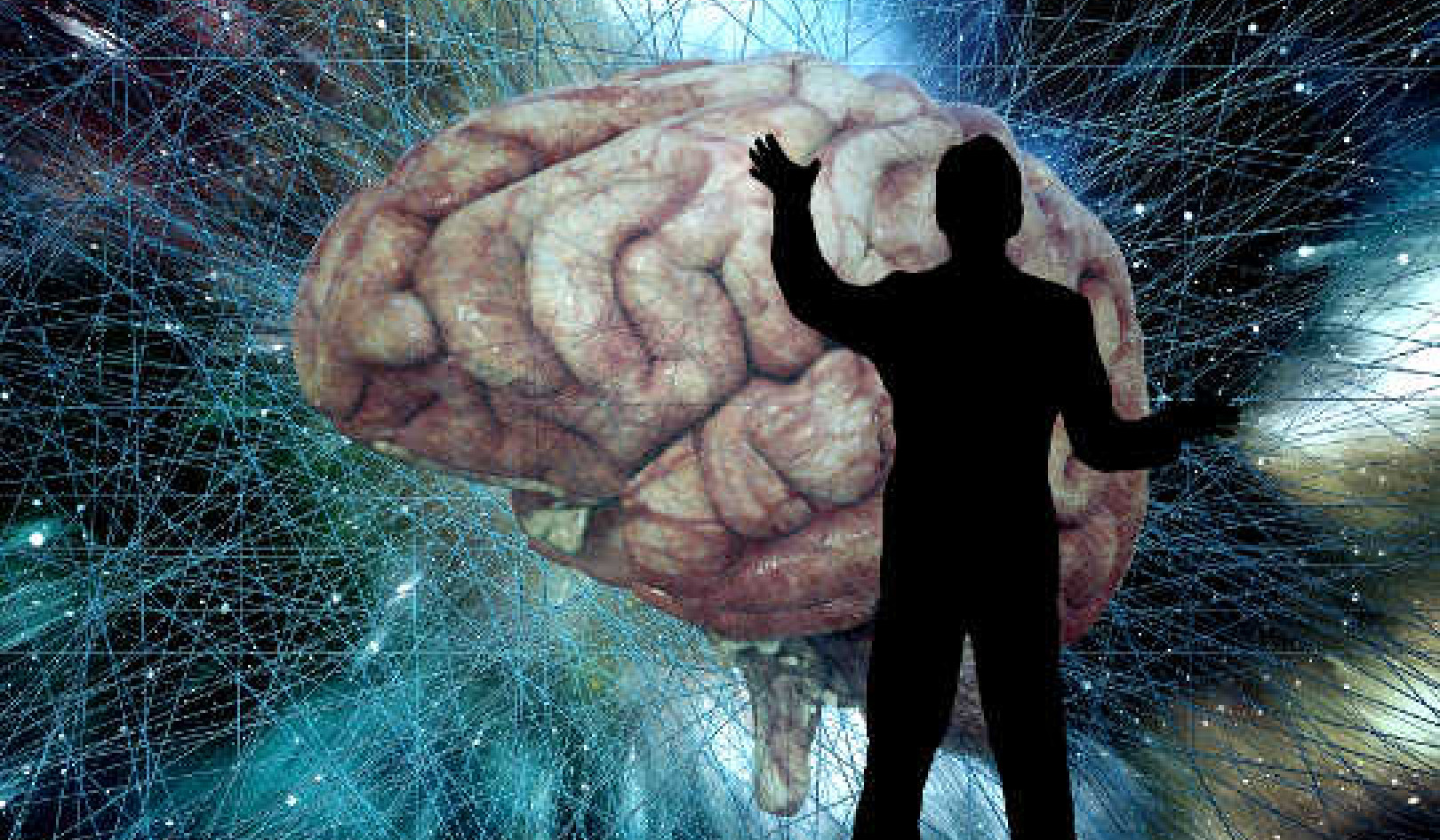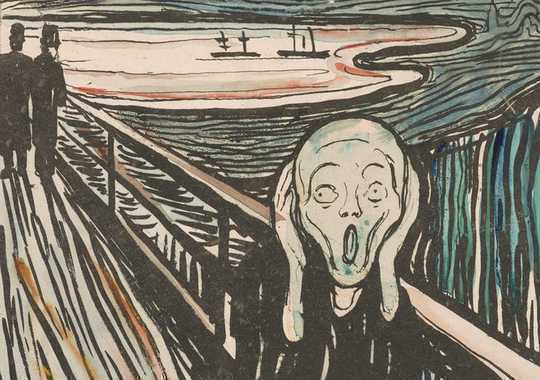 ‘The Scream,’ by Edvard Munch, hand-coloured lithograph version from 1895. (Munchmuseet), CC BY
‘The Scream,’ by Edvard Munch, hand-coloured lithograph version from 1895. (Munchmuseet), CC BY
Few works of art are as iconic as The Scream, by the Norwegian artist Edvard Munch (1863–1944). The combination of an open mouth, eyes wide open and two hands raised to cheeks has become a near-universal signifier of shock and existential fear, helped along by 1990s movie franchises such as Scream and Home Alone. Not to mention the scream emoji ????.
In these “coronatimes,” The Scream has taken on new significance, summoned once again to represent our anxieties of illness and death, of economic recession and of societal collapse.
Versions of The Scream have proliferated online. There are Screams with face masks or even as face masks. There are Screams anxious about handwashing and face touching, and Screams with eyes drawn in the now recognizable shape of the coronavirus. Screaming figures are fleeing cities and financial institutions. They are hoarding toilet paper and hand sanitizer.
Poignant images
Most of these coronavirus Scream images tap into our collective fears and transform them through humour. But there are more poignant images as well. Consider a “social distancing” Scream created by Hrag Vartanian, editor-in-chief of the art site Hyperallergic.
Vartanian digitally altered the image so that only a single lone individual remains in the background.
Vartanian said:
“I wanted to create something jarring that reminds us to look at familiar things in new ways, just like we’re doing with our lives in the era of social distancing.”
And then there’s 2020 Plague Expulsion Rite, a photo collage by Shenzhen-based photographer Wu Guoyong. After collaborating with Luo Dawei, who runs the photo platform Fengmian, to curate a series of family portraits of Chinese New Year in quarantine, Wu gathered together 3,500 images of lockdown to create a collective Scream.
2020 Plague Expulsion Rite poses profound questions: if we are all screaming, and if we imagine everyone else screaming, is it possible to feel less alone? And if we are all screaming together, how else might we act collectively in these times?
‘Quaking with angst’
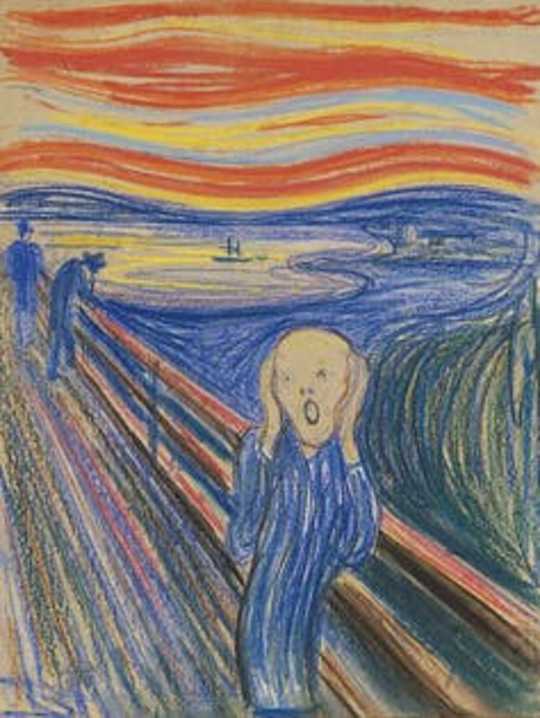 Edvard Munch’s ‘The Scream’ pastel version, 1895. (Wikimedia), CC BY
Edvard Munch’s ‘The Scream’ pastel version, 1895. (Wikimedia), CC BY
After numerous sketches and some false starts, Munch completed a first version of The Scream in 1893 while living in Berlin, where his avant-garde circle enthusiastically received it as an embodiment of modern angst bordering on mental illness.
Carefully conceived for maximum emotional effect, Munch intended the work to be a powerful image that would represent an intense emotional experience that he had while walking along a fjord in his native Norway. He also tried to put that experience into words:
“I was walking along the road with two friends — the sun was setting — I felt a wave of sadness — the sky suddenly turned blood-red. I stopped, leaned against the fence tired to death … My friends walked on — stood there quaking with angst — and I felt as though a vast, endless scream passed through nature.”
Munch created three more versions of The Scream, a lithograph and a pastel in 1895, and another painting, probably in 1910.
The Scream has a dramatic history. The 1893 version was stolen and then recovered in 1994. Ten years later, the 1910 version was also stolen and recovered, albeit damaged. In 2012, the pastel version was auctioned for the record sum of nearly US$120 million. Now, as reported by the Guardian, conservators recommend that the 1910 painting practise its own physical distancing to avoid further damage from human breath.
Staring, open-mouthed figures
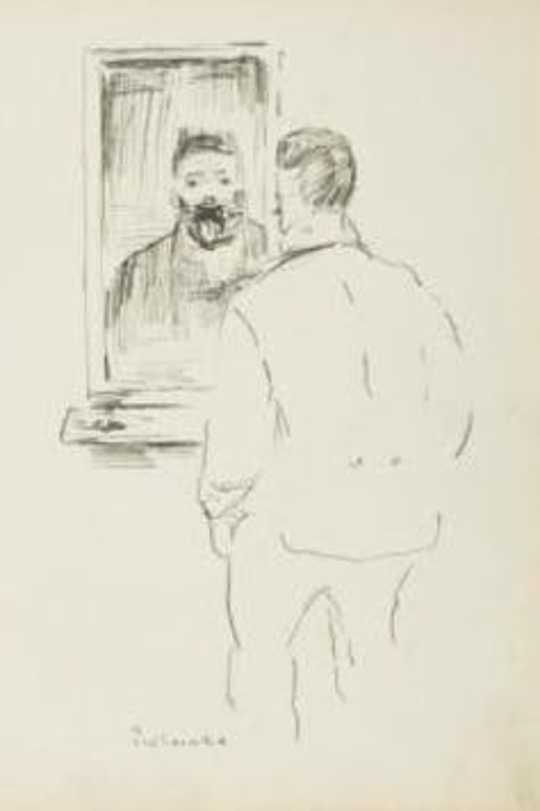 Detail from drawing captioned ‘Influenca’ (Influenza), about 1890, by Edvard Munch. (The Munch Museum)
Detail from drawing captioned ‘Influenca’ (Influenza), about 1890, by Edvard Munch. (The Munch Museum)
Throughout his long career, Munch often represented the despair and fear provoked by deadly diseases not yet well understood by modern medicine, including tuberculosis, syphilis and influenza. A staring, open-mouthed figure, often alienated from its body, recurred in those representations.
Before The Scream, Munch produced a drawing in one of his early sketchbooks, probably a self-portrait, and captioned it “Influenca.” A figure doubled, frightened and frightening, looks back at us from a mirror. His eyes are wide open and his tongue is sticking out. Perhaps he is saying “aaahhh” and waiting for a diagnosis.
Munch suffered from lung and bronchial problems throughout his life, possibly related to the tuberculosis that killed his mother and sister when he was a child. In 1919, he was one of the few artists to respond to the worldwide flu pandemic. In a large self-portrait simply titled Spanish Flu, the artist turns his head to the viewer, eyes strangely vacant, and opens his mouth to … what? Speak? Cough? Gasp for breath? Scream?
Rise in cult status
The Scream gained its cult status only after the artist’s death in 1944.
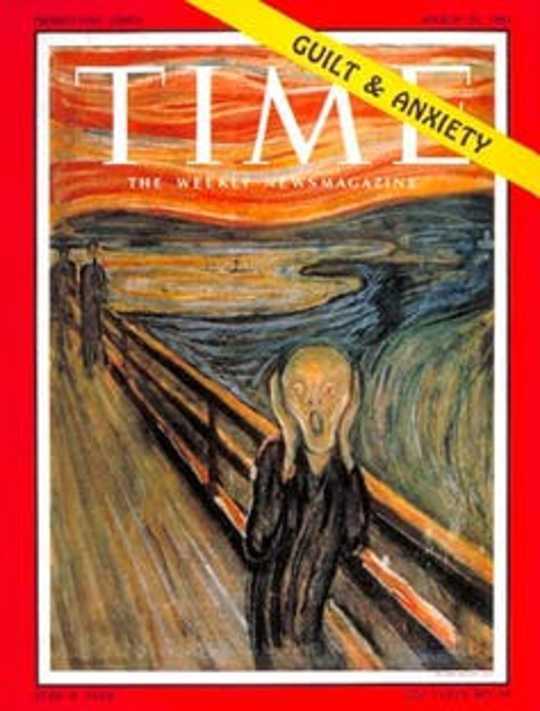 ‘Time’ magazine cover, March 31, 1961. (Time magazine)
‘Time’ magazine cover, March 31, 1961. (Time magazine)
While the full story of its emergence into popular culture remains to be told, key early moments are probably a Time magazine cover from 1961 with the banner “Guilt & Anxiety,” and a 1973 book by Reinhold Heller about Munch’s iconic painting.
In recent years, The Scream has been used to raise awareness of climate change, to critique and protest Brexit as well as the presidency of Donald Trump in the United States.
Anxiety about nuclear proliferation also speaks through The Scream. In 2009, graphic designer Ma?gorzata B?dowska transformed the instantly recognizable nuclear hazard sign into an iconic mashup for the poster Nuclear Emergency. The striking design has since become commonplace at anti-nuclear events.
 Protesters carry a banner bearing Ma?gorzata B?dowska’s Munch-inspired nuclear symbol mashup during an anti-nuclear demonstration in Taipei, Taiwan, in March 2015. (AP Photo/Chiang Ying-ying)
Protesters carry a banner bearing Ma?gorzata B?dowska’s Munch-inspired nuclear symbol mashup during an anti-nuclear demonstration in Taipei, Taiwan, in March 2015. (AP Photo/Chiang Ying-ying)
A common visual language
We might turn to the arts to soothe ourselves in times of crisis and stress. But in those same times, history has shown that art can help us to express or deal with difficult emotions, including those stemming from our experiences of illness.
The internet-enabled global circulation of The Scream is intensifying in an age of political instability and a pandemic enabled by globalization. The increasing virality of The Scream demonstrates the ongoing need for a common visual language to communicate and to cope with what many fear the most: the shared vulnerability of having a body that might become ill, suffer and die.![]()
About the Author
Allison Morehead, Associate Professor of Art History and in the Graduate Program in Cultural Studies, Queen's University, Ontario
This article is republished from The Conversation under a Creative Commons license. Read the original article.

Related Books:
The Body Keeps the Score: Brain, Mind, and Body in the Healing of Trauma
by Bessel van der Kolk
This book explores the connections between trauma and physical and mental health, offering insights and strategies for healing and recovery.
Click for more info or to order
The Boy, the Mole, the Fox and the Horse
by Charlie Mackesy
This book is a beautifully illustrated story that explores themes of love, hope, and kindness, offering comfort and inspiration for those struggling with mental health challenges.
Click for more info or to order
Anxiety Relief for Teens: Essential CBT Skills and Mindfulness Practices to Overcome Anxiety and Stress
by Regine Galanti
This book offers practical strategies and techniques for managing anxiety and stress, focusing specifically on the needs and experiences of teenagers.
Click for more info or to order
The Body: A Guide for Occupants
by Bill Bryson
This book explores the complexities of the human body, offering insights and information about how the body works and how to maintain physical and mental health.
Click for more info or to order
Atomic Habits: An Easy & Proven Way to Build Good Habits & Break Bad Ones
by James Clear
This book offers practical strategies for building and maintaining healthy habits, focusing on the principles of psychology and neuroscience.

















